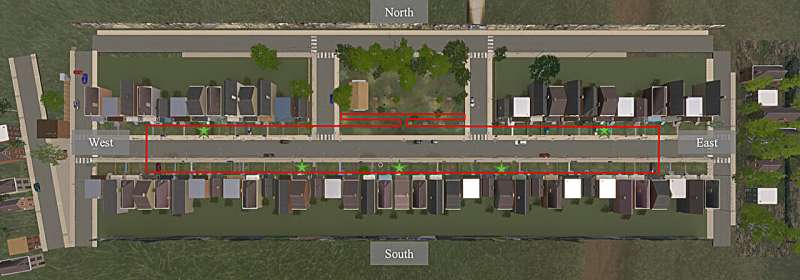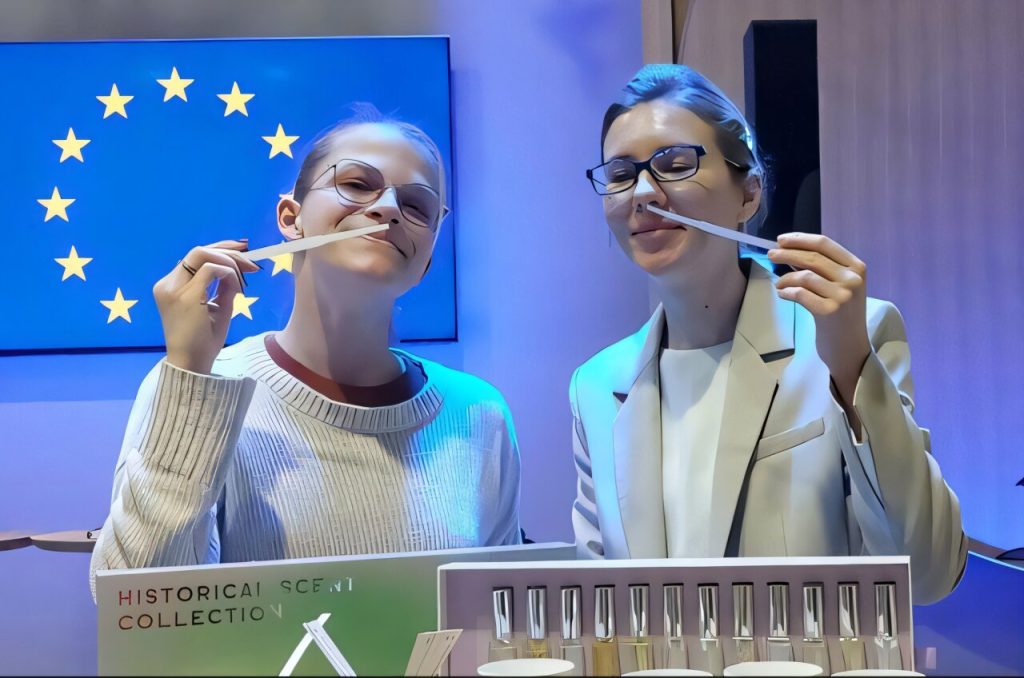Here’s an engaging and heartwarming retelling of the study that sheds light on how the environment influences behavior, particularly from a unique perspective.

In an intriguing exploration of human behavior, researchers embarked on a unique journey using virtual reality (VR) to better understand how incarcerated burglars perceive risk and reward in various environments. This innovative study not only sheds light on crime and decision-making but also offers practical insights that can empower communities to protect themselves. Let’s take a closer look!
Conducted by a collaborative team from renowned institutions like Carnegie Mellon University and the Max Planck Institute, this study wanted to dig deeper into how specific environmental features influence criminal decision-making. “A big part of understanding why people commit crimes is knowing how they perceive their environment,” explained Daniel S. Nagin, a leading researcher on the project. And so, the adventure began!
Between June and December 2022, the researchers engaged with 160 incarcerated men, each with a background in residential burglary. Utilizing VR technology, they asked these men to assess the risks and rewards tied to burglarizing houses in a virtual neighborhood filled with varied environmental features.
The findings were fascinating! Features such as shrubbery around houses gave burglars a sense of security, making them feel less likely to be caught. Conversely, a car parked in a driveway seemed to signal human presence, queuing caution. The men associated household items, like a visible TV box, with potential value inside, making them keen on breaking in.
Interestingly, the research revealed nuanced differences between more and less proficient burglars. Proficient offenders had a heightened confidence, believing they were less likely to be seen and thus more inclined to act. It seemed that experience shaped their interpretation of the same features, leading them to make different choices based on their own perceptions.
Moreover, certain signs, like one proclaiming “gun rights,” evoked mixed feelings: while it indicated potential danger, it also implied the presence of valuable items, particularly firearms, that outweighed their fear. This complex interplay between risk and reward offered deep insights into the mindset of those operating in the shadows.
As William P. McClanahan, another researcher on the team, noted, these findings carry integral implications for everyday lives. By modifying environmental aspects—like keeping garage doors closed and avoiding leaving visible evidence of valuable purchases—communities can enhance their defenses against potential burglaries. “Small changes can make a substantial difference,” he emphasized.
In a world striving for connection and safety, understanding the minds that navigate risky choices can foster better protective measures and, ultimately, a more secure community. This study reminds us that our environment shapes our decisions and that even small modifications can build resilience against crime.
More information:
William P. McClanahan et al, How environmental features and perceptions influence the perceived risks and rewards of criminal opportunities, Criminology (2025). DOI: 10.1111/1745-9125.12401
If you would like to see similar science posts like this, click here & share this article with your friends!





